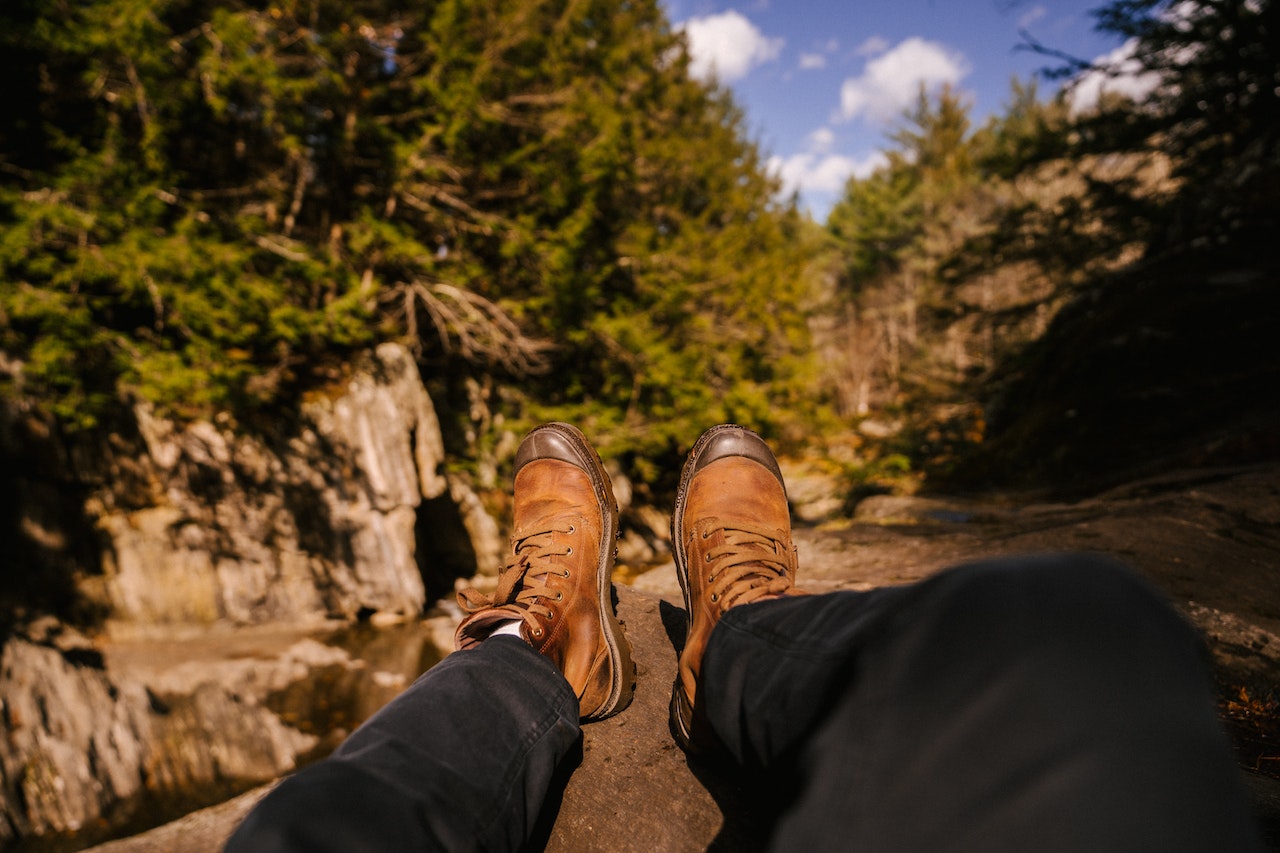When it comes to camping, finding the best area to set up camp is crucial to the success and enjoyment of your trip. The right campsite can provide a safe and comfortable base for your activities, while the wrong one can lead to discomfort, inconvenience, and even danger. In this blog post, we will provide some tips and advice for finding the best area to set up camp.
Research the Area
Before you even start looking for a campsite, it's important to research the area you plan to visit. Look for information on the terrain, climate, wildlife, and any potential hazards or restrictions. This can help you choose an area that is safe, accessible, and appropriate for your needs.
Check for Permits and Regulations
Many campsites and camping areas require permits or have specific regulations that you need to be aware of. Check with the local park service or land management agency to find out about any necessary permits, fees, or regulations. Failure to follow these rules could result in fines or other penalties.
Look for Level Ground
When choosing a campsite, look for level ground that is free from rocks, roots, or other obstacles. This will make it easier to set up your tent and ensure a good night's sleep. Avoid areas that are sloping, damp, or prone to flooding.
Consider Privacy
Privacy is an important consideration when choosing a campsite. Look for a spot that is secluded from other campers and has some natural barriers, such as trees or bushes. This can help create a sense of privacy and reduce noise and other disturbances.
Check for Water and Other Resources
Access to water is essential for camping, so look for a campsite that is located near a water source, such as a stream, river, or lake. Make sure the water is safe for drinking and follow any guidelines or regulations for water use. You should also check for other resources, such as firewood, toilets, and trash facilities.
Consider the Weather
The weather can have a significant impact on your camping experience, so it's important to choose a campsite that is appropriate for the weather conditions. Look for areas that offer shade during hot weather or protection from wind and rain during inclement weather.
Check for Wildlife
Finally, it's important to be aware of any wildlife that may be present in the area. Look for signs of animal activity, such as tracks, droppings, or scratch marks, and choose a campsite that is located away from any potential hazards, such as bear or cougar habitats.
Finding the best area to set up camp requires careful consideration and planning. By researching the area, checking for permits and regulations, looking for level ground, considering privacy, checking for water and other resources, considering the weather, and checking for wildlife, you can choose a campsite that is safe, comfortable, and enjoyable.
Find The Ideal Camping Spot
Posted by Redfit Ltd on




